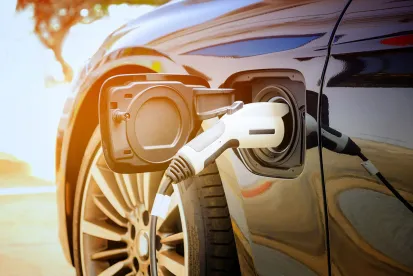While we often hear how EVs will revolutionize the lives of the average consumer, commercial fleet owners are starting to take note of the impact these new powertrain systems will have on their own business and operations. As OEMs find creative ways to increase aerodynamics, extend battery range, and increase charging speeds, the zero emission and lower long-term cost of EVs compared to ICE (internal combustion engine) vehicles makes a compelling argument for adoption, at least on paper. What really matters is how those factors play out as the rubber hits the road, which OEMs are starting to see play out in real time. Over the past few years, there has been an explosion of commercial fleet platforms from existing and new entrants in the commercial vehicle space. From light to heavy trucking to fleet platform automobiles, EV technology is looking to capture every corner of the commercial fleet sector. Coupled with a slow reduction in the number of ICE vehicles produced in future years, the market may start pushing fleet operations towards EVs, whether they like it or not.
According to the Department of Transportation, over eight million vehicles made up commercial fleets in the US in 2020, which includes a mix of trucks and automobiles used in commercial and government operations. Even more make up commercial vehicles on the road that are not considered part of a fleet. As consumer demand drives most traditional OEMs toward EV dominated fleets, commercial fleet owners and operators need to start to prepare now for the same shift in their vehicle suppliers, or risk playing catchup once the market does turn from ICE to EV. This isn’t to say that failure to be an early adopter will be the death-knell to commercial fleet businesses; it likely won’t be. What businesses with commercial fleets should consider is their own business needs and their timeline for their own fleet replacement as EV technology and infrastructure support continues to evolve. Establishing a process and plan for upgrading existing fleets, training personnel, upgrading infrastructure, and understanding available programs for conversion will be key.
The switch from an ICE to EV fleet isn’t as simple as flipping a switch or plugging in a car – EVs bring a new powertrain and new sources of information. EVs in their current state are expensive, new vehicle supply is constantly in question, current operators are unaware of the nuances involved with operating an EV, and the infrastructure necessary to support a commercial fleet of EVs isn’t universally robust. For the average fleet operator, there also is a need to focus on route optimization, installing and maintaining new hardware capable to supporting charging on-site, revamping their maintenance and care procedures, and working with their local energy providers to understand how power demands in their local market may impact their own energy costs and needs. Additionally, although data analytics has improved existing fleet operations over the past few years, expect to see more nuanced data availability to the benefit of fleet operators. As commercial and consumer EVs come out with ever more connectivity to the web and each other, coupled with the ability for “smart cities” to increase data available to drivers and vehicles, expect future fleet operators to get even more granular and predictive understanding of traffic patterns to optimize commercial routes. Managing these dynamics and capitalizing on new sources of information will better enable operators to adapt to the changing landscape. The ability to adapt to this new frontier will be a key trait for successful fleet operations in the Auto-2.0 operated environment.



 />i
/>i
